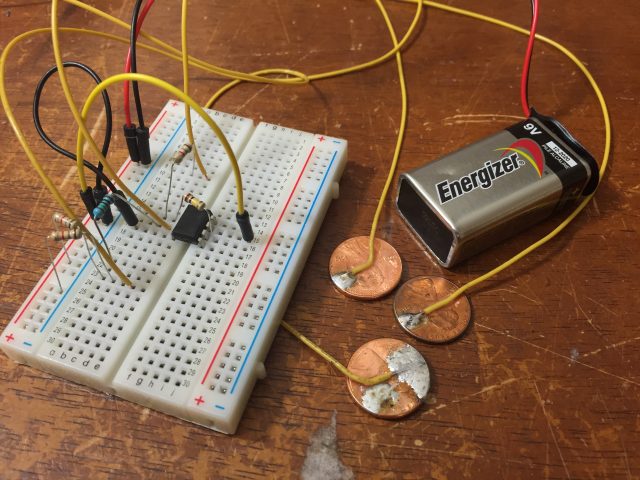
LiFeP04wered/Pi+, A High-Performance Battery Power System For Raspberry Pi
LiFePo4wered/Pi+ is simply a better version of the LiFePo4wered/Pi3 and the LiFePowered/Pi. These devices are all designed to solve the issue of power supply to the raspberry pi. LiFePo4wered is simply a high-performance battery power system which is acting as an option for raspberry pi projects where the likes cellphone adapters and USB power banks cannot fit in.
Power is one of the significant factors in the use of the Raspberry, most Raspberry Pi projects are usually plugged into a wall power adapter which at some could impact on the mobility and portability of the project, but with the LiFePo4wered/Pi+ you don’t have to worry about plugging your project into a wall socket. It can power a Raspberry Pi for up to nine hours from its battery (depending on installed battery size, Raspberry Pi model, attached peripherals, and system load) and can be left plugged in continuously.
LiFePo4wered/Pi+ might probably end up as the best source of power supply to the raspberry pi, and the primary advantage is that it works with all models of the Raspberry Pi. The LiFePo4wered/Pi+ can provide a steady continuous current supply of 2A to the Raspberry Project; this is usually like the max most Raspberry Pi project will use an unlikelihood one will be capped at that max but the general standard of about 700mA.
The following are some of the features of the LiFePo4wered/Pi+:
- 1500 mAh 3.2 V LiFePO4 battery: Uses a Lithium iron phosphate that provides safety, high power density and extended cycle life of 2000+ cycles. The battery can also be used as a UPS.
- Optional 600 mAh, 3.2 V LiFePO4 cell: This is merely a smaller battery for low power applications or when there is power loss in the main battery.
- 2 A continuous load current: Can supply this with 1500mAH battery option or using an external source of power.
- A Smart charge controller:
- Over-charge protection: This feature allows the device to stay plugged in continuously without exploding because it stores the extra charge to help it serve as a UPS when needed.
- Auto-adjusting charge current: Regular charge current can be up to 1.5 A when used with high power chargers. However, it will automatically reduce current when needed not to overwork low power sources when they are used.
- Customizable MPP (Maximum Power Point) voltage: This helps to obtain maximum efficiency when powered directly from suitably sized solar panels.
- Others:
- On/off button: provides convenient boot/shutdown triggers even in headless setups, with the press and hold function to prevent accidental activation (external button can be added).
- Green PWR LED: This indicates the Raspberry Pi power state, and it provides feedback to the user. External LED can be included.
- Red CHRG LED: This tells the user when there is a power loss and when there is a need to charge the batteries.
- Wake timer: This allows the Raspberry Pi to be off until when it’s needed for low duty cycle applications.
- Real-time clock: It keeps track of time and makes sure the raspberry pi comes on at a programmed time.
- Autoboot: Makes the Raspberry Pi run whenever there is sufficient battery power, or when an external power supply is available.
- Auto shutdown: Automatically shuts the Raspberry Pi down when there is a power loss or after a programmed amount of time.
- Application watchdog: can alert a user by flashing the PWR LED or trigger a shutdown/reboot if the user application fails to service the timer within a configurable amount of time.
- Compatibility: Works with every known model of Raspberry Pi, this includes Raspberry Pi Model A+, Model B+, Raspberry Pi 2, Raspberry Pi 3, Raspberry Pi 3 Model B+, Raspberry Pi Zero and Raspberry Pi Zero W.
- Hackers Friendly: It has convenient connection points for input power, 5 V output power, switched battery power, external button and LEDs(Light Emitting Diodes), and MPP customization.
- Software:
- LiFePO4wered daemon: This is responsible for the auto shutdown and real-time clock (RTC) duties.
- Command line tool: allows simple configuration and access to all features.
- Shared library, language bindings: C/C++, Python, and Node.js bindings allow integration into user programs.
The LiFePo4wered/Pi+ is planned for a crowdfunding campaign on crowd supply, and more details of the project campaign are available on the campaign page.


















